Perez Viso Raquel
Ver más cargos directivos y vinculados
Ninguna
No
Ver más actos del BORME
Empleados11
Empleados fijos10
Empleados temporales1
0,02% del PIB local
2020
Ventas 20204. 784
Diferencia con el año anterior7,15%
Beneficio 2020232
Porcentaje sobre ventas4,84%
ROE 202028,95%
Diferencia con el año anterior6,91%
4.000 € de capital social
Por cada euro que pone la compañía la financiación ajena pone 2,24 €
Ratio de Liquidez =
Activo Corriente
Pasivo Corriente
Ratio de Solvencia =
Total Activo
Total Pasivo
La compañía está presidida por PEREZ VISO RAQUEL.
Si medimos la aportación en términos de la contribución de las ventas de la compañía al PIB de su autonomía, podemos concluir que las ventas de Global Technical Supplies SL suponen el 0,02% del PIB local de Galicia.
El volumen de empleados que tiene la compañia es de 11, siendo el 90,91% empleados fijos.
La compañía fue constituida el 26 de Enero de 2010.
| Nombre | Cargo | Fecha | |
|---|---|---|---|
| Perez Viso Raquel | Adm. Unico | 24 de Agosto de 2011 |
| Empresa | Directivos en común |
|---|
Global Technical Systems (GTS) is an engineering and manufacturing company working to develop systems and solutions for defense, homeland security, and related government interests. The company works to develop these products and services with a modular, open-architecture design to make them easy to integrate. Founded in 1997 by CEO Terry Spitzer and President Yusun Spitzer, the company's headquarters are located at Virginia Beach, Virginia. The headquarters is at the Owl Creek Energy Building, a 500,000 square foot manufacturing and distribution facility.
The company works to develop these products and services with a modular, open-architecture design to make them easy to integrate. Founded in 1997 by CEO Terry Spitzer and President Yusun Spitzer, the company's headquarters are located at Virginia Beach, Virginia. The headquarters is at the Owl Creek Energy Building, a 500,000 square foot manufacturing and distribution facility.
Global Technical Systems headquarters in Virginia Beach.
Products and systems
The products and systems provided by and developed by GTS include combat systems processors; command, control, communications, computer, intelligence, surveillance, and reconnaissance (C4ISR) systems; military combat systems hardware production; radar and sensor systems; avionics test sets; threat detection; biometric identification systems; composite materials for advanced munitions, armor, and energy.
Avionics systems
GTS works to develop systems to support the operation of aircraft and the related avionics systems, including by developing automated test capable equipment and through the repair of aviation systems. One such system is the E-2C Hawkeye, which is a system for automated testing of automated interconnecting devices, adapter assemblies, cable assemblies, and aircraft accessory sets. Or the H-1 CASS, which is a type helicopter support equipment intended to provide automated testing capabilities for weapons replaceable assemblies used in the H-1 helicopter.
One such system is the E-2C Hawkeye, which is a system for automated testing of automated interconnecting devices, adapter assemblies, cable assemblies, and aircraft accessory sets. Or the H-1 CASS, which is a type helicopter support equipment intended to provide automated testing capabilities for weapons replaceable assemblies used in the H-1 helicopter.
Combat systems
GTS has worked to design and develop open architecture and COTS based computer processing systems for surface combatants in cooperation with the United States Navy. These include the common processing system (CPS) developed for the Aegis weapons system and the related computer processing environment. And the COTS enclosure, which is a cabinet designed to house multiple computing and data storage facilities and capable of water- or air-cooling those systems. As well, the cabinet is customizable to meet various power requirements.
C4ISR
GTS has worked with the DoD, DHS, and CBP to develop equipment and services for C4ISR capabilities. These include border, maritime, and critical infrastructure for security product developments capable of integrated multiple generations of sensors to protect mission environments as necessary. GTS makes use of an open architecture, open interface system called Fusion Command, which provides true fusion of multi-sensor contacts, automatic alerts based on pre-designated contact pattern recognition, and an intuitive COP that integrates all sensor contact geo-location with Blue Force Tracking (BFT) and shared Situational Awareness (SA).
These include border, maritime, and critical infrastructure for security product developments capable of integrated multiple generations of sensors to protect mission environments as necessary. GTS makes use of an open architecture, open interface system called Fusion Command, which provides true fusion of multi-sensor contacts, automatic alerts based on pre-designated contact pattern recognition, and an intuitive COP that integrates all sensor contact geo-location with Blue Force Tracking (BFT) and shared Situational Awareness (SA).
CSFC
Commercial Solutions for Classified (CSFC) is an NSA-sponsored program that allows commercial components to be utilized for the protection of classified National Security Systems information. GTS designs a CSFC product called NXGEN, and can build an architecture that can support specific security requirements for specific Government customers in a clearly defined and approved manner.
Advanced Technology Development
GTS has a scientific and engineering staff focused on research and development of advanced technology concepts. Their capabilities include R&D activities and product developments that span mid to late TRL technologies for the DoD, DHS and other government interests. GTS's areas of development include radar, explosive threat detection, biometric identification systems, robotics, shock and blast mitigation, composite technologies for armor, munitions and energy storage.
Their capabilities include R&D activities and product developments that span mid to late TRL technologies for the DoD, DHS and other government interests. GTS's areas of development include radar, explosive threat detection, biometric identification systems, robotics, shock and blast mitigation, composite technologies for armor, munitions and energy storage.
Notable Contracts
In April of 2020, GTS was awarded a $782 million contract from the Naval Sea Systems Command for the development and production of Network, Processing and Storage Technical equipment.
To understand how the planning system works, it is important to understand its priority goals:
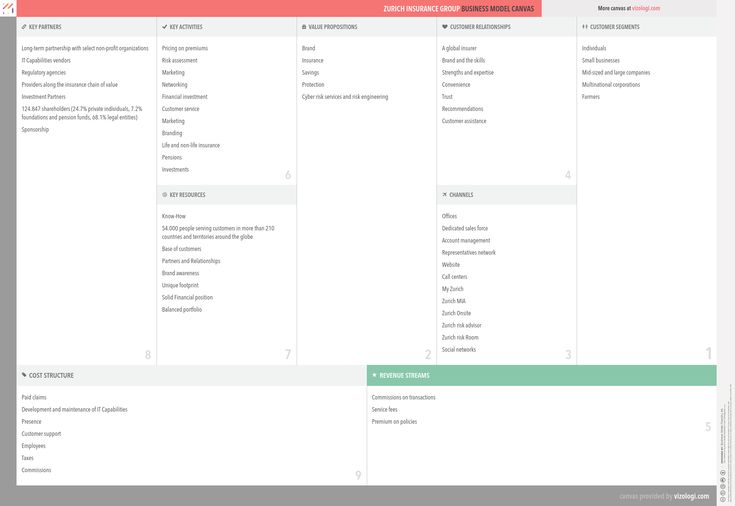
In general, these goals are achieved by balancing supply with demand.
The term supply refers to any kind of positive or incoming quantity, for example:
The term demand refers to any kind of general demand, for example:
Business Central also allows you to use more technical demand types such as negative balances and purchase returns.
To sort supply and demand, the planning system organizes them into two time series called warehouse profiles. One profile contains the demand events, the other contains the corresponding supply events. Each delivery event represents one entity per order, for example:
When stock profiles are loaded, supply and demand sets are balanced to produce a supply plan that matches the listed targets.
Stock levels and planning parameters are other types of supply and demand. These types undergo complex balancing to replenish warehouse goods. For more information, see Design Details: Handling Reorder Policies.
Demand comes from your customers. Supply is what you create or remove to provide balance. The planning system starts with demand and then traces back to supply.
Inventory profiles contain information about supply and demand, quantities and times. These profiles make up the two sides of the balancing scale.
The job of the scheduling engine is to balance the supply and demand of an item to ensure that supply matches demand as determined by the scheduling parameters and rules.
To avoid unreasonable offers in the supply plan, the planning system will not plan anything before the planning start date. The following rule applies to such a period:

With some exceptions, the planning system will not propose any changes to purchase orders for a period or create order tracking links for that period. There are the following exceptions to this rule:
If the original available inventory is below zero, the planning system proposes an emergency purchase order on the day before the planning period to ensure that the missing quantity is available. Therefore, forecasted and available stocks will always be at least zero when future planning begins. The planning line for this purchase order will display an emergency warning icon with the option to view more details.
If serial or lot numbers are required or an order-to-order relationship exists, the planning system ignores the previous period rule. It will include backdated quantities from the start date and can suggest corrective actions if supply and demand are out of sync. These sets of supply and demand must match in order to guarantee that a certain demand is met.
It will include backdated quantities from the start date and can suggest corrective actions if supply and demand are out of sync. These sets of supply and demand must match in order to guarantee that a certain demand is met.
To sort supply and demand, the planning system organizes them into two time series, called stock profiles.
Deliveries and demand with due dates on or after the planning start date are loaded into each stock profile. When loaded, supply and demand types are sorted according to common priorities, such as:
Different types are prioritized to meet the most important demand first. Read more in the Order Prioritization section.
Demand can also be negative. Treat negative demand as supply. However, unlike typical supply, negative demand is considered a fixed supply. The planning system may take this into account, but changes will not be proposed.
In general, the planning system can change all purchase orders after the planning start date to meet demand. However, once a quantity from a purchase order has been posted, it can no longer be changed using the planning system. The following orders cannot be rescheduled:
In addition to loading supply and demand types, some types are loaded subject to special rules and dependencies. The following sections of this article describe these rules and dependencies.
A delivery plan must be calculated for each combination of item dimensions, such as variant or warehouse. Only combinations that include demand and/or supply should be calculated.
The planning system looks for combinations in the stock profile. If a new combination is found, the system creates an internal control record containing information about this combination. The planning system inserts the storage unit as an inspection record or outer cycle. As a result, the planning parameters are set according to the variant and storage combination, and the system can go into the internal cycle.
If a new combination is found, the system creates an internal control record containing information about this combination. The planning system inserts the storage unit as an inspection record or outer cycle. As a result, the planning parameters are set according to the variant and storage combination, and the system can go into the internal cycle.
Note
You do not need to enter a storage unit record when you enter demand and/or supply for a particular variant and warehouse combination. Therefore, if there is no storage unit for this combination, Business Central creates a temporary storage unit record based on the item card data. If field Warehouse is required is set to "Yes" on page Inventory module setup , you must create a storage unit or field Components by warehouse should be set to "Yes". For more information, see Planning with and without warehouses.
Serial and lot numbers are loaded into inventory profiles along with the supply and demand to which they are assigned.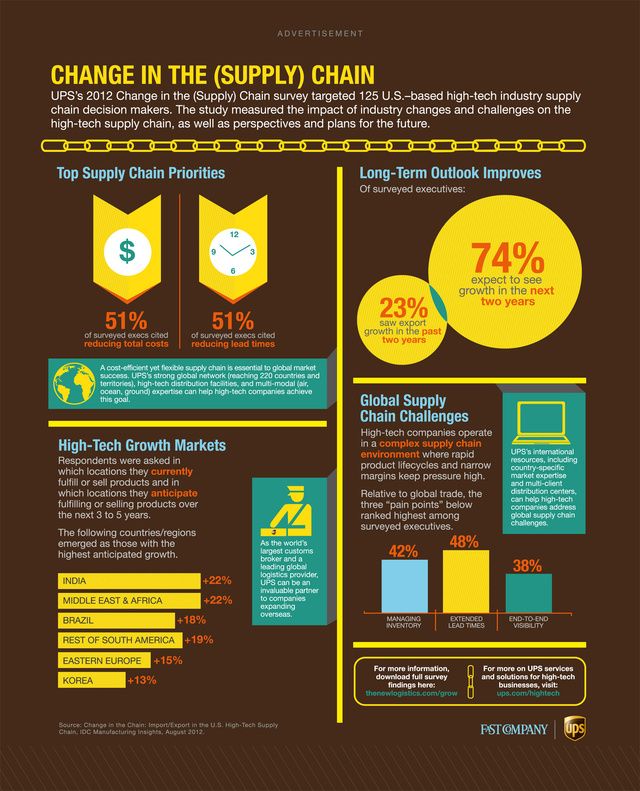
Supply and demand attributes organized by order priority and specification level. Because serial number and lot number matches reflect the specification level, a more specific request will match a less specific request. For example, a specific demand might be the batch number specified for a sales line. A less specific demand may be a sale from any batch number.
Note
The only special rules for prioritizing supply and demand with serial and lot numbers are the BOM level determined by their combinations, and the item tracking settings.
During balancing, the planning system treats a delivery with serial number and lot number as inflexible. The system will not increase or reschedule such purchase orders. The only exception to this rule is when they are used in an order-to-order relationship. See "Order-to-Order Relationships Are Never Broken". This exception protects the supply from receiving multiple (possibly conflicting) indications when the supply contains varying attributes.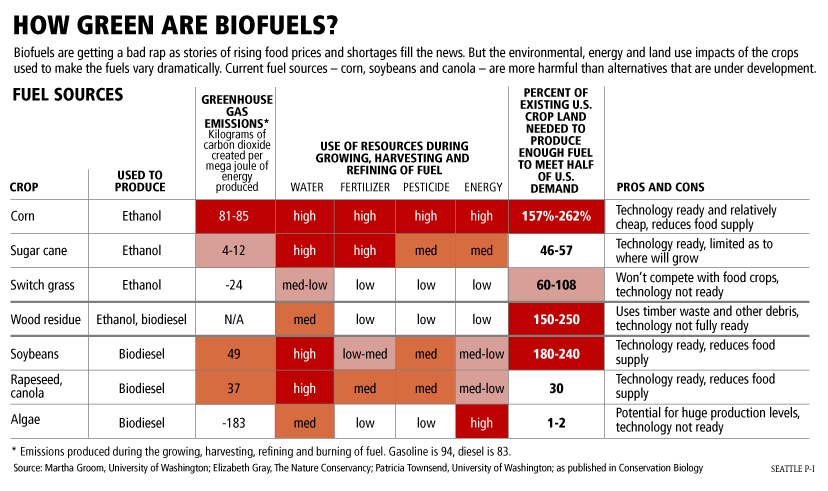 For example, different attributes may occur when a shipment has a set of different serial numbers.
For example, different attributes may occur when a shipment has a set of different serial numbers.
Another reason serial and lot number deliveries are inflexible is that serial and lot numbers are often assigned at the end of the process. If changes are proposed at this point, it can be confusing.
Balancing serial number and lot number does not follow the rule of not planning anything before the planning start date. If supply and demand are out of sync, the planning system will suggest changes or new orders regardless of the planning start date.
In order-to-order item planning, a linked supply can only be used for the demand it was originally intended for. Bound demand must not be covered by any other optional supply, even if that supply is available in time and quantity. For example, an assembly order that is linked to a sales order in an assemble-to-order scenario cannot be used to satisfy another demand.
Order-to-order supply and demand must be exactly balanced.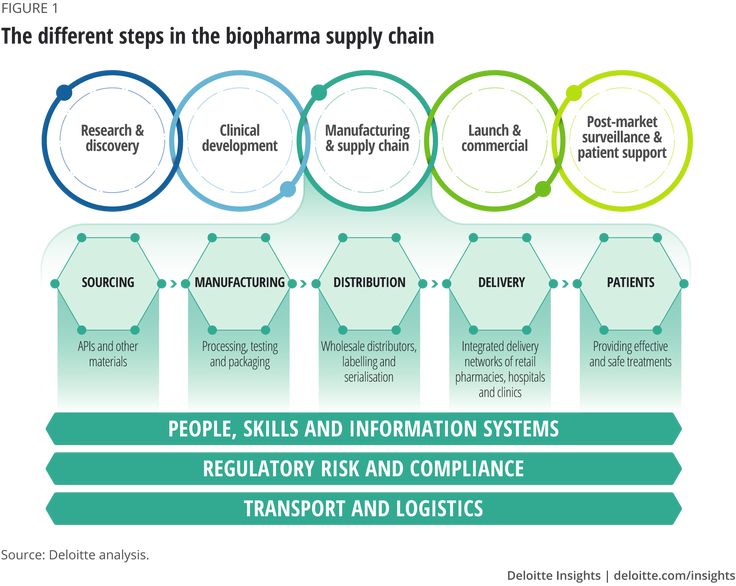 The planning system ensures delivery regardless of order sizing settings, modifiers, and stock quantities (except for quantities related to related orders). For the same reason, the system will offer to reduce surpluses when bound demand decreases.
The planning system ensures delivery regardless of order sizing settings, modifiers, and stock quantities (except for quantities related to related orders). For the same reason, the system will offer to reduce surpluses when bound demand decreases.
This balancing also affects the time. The limited horizon provided by the planning horizon is not taken into account; the supply is rescheduled if the demand time has changed. However, the buffer period will be respected and will not allow order-to-order deliveries to be scheduled at a later date, except for internal deliveries of a multilevel production order (project order).
Note
Serial and lot numbers can also be entered in the order-to-order request. In this case, the delivery is not considered inflexible, which is usually the case for serial numbers and lot numbers. In this case, the system will increase or decrease the quantity according to changes in demand. If a single demand includes different serial and lot numbers, such as multiple lot numbers, one purchase order per lot will be offered.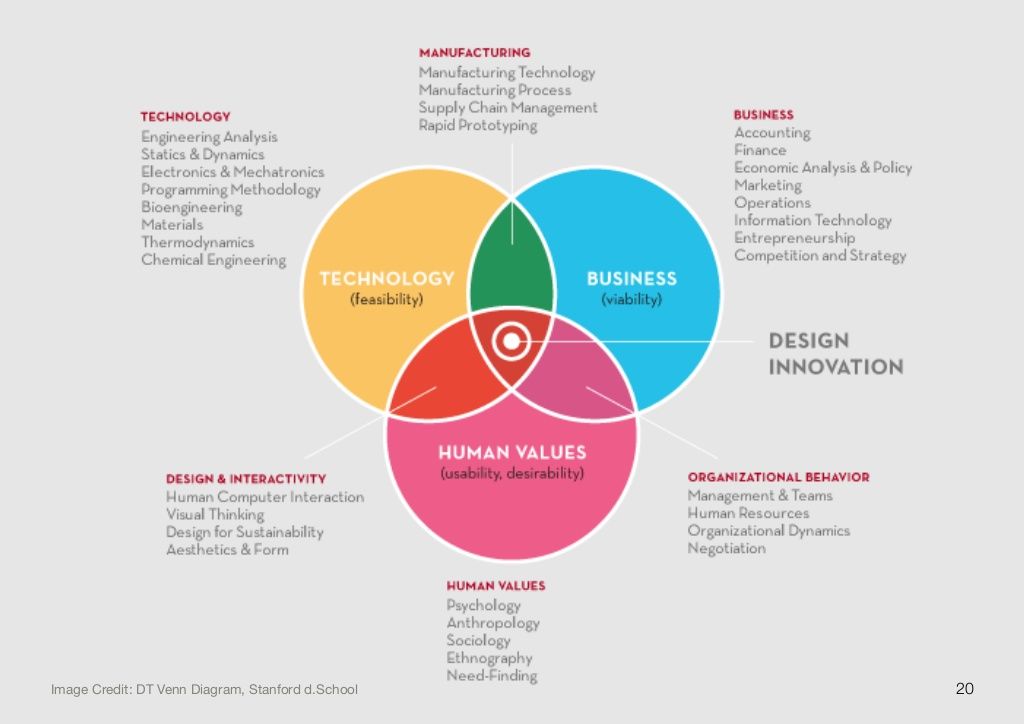
Note
Forecasts must not result in purchase orders linked by an order-to-order relationship. If a forecast is used, it should only be used as a means of creating dependent demand in a production environment.
When processing production orders, the planning system must monitor the required components before loading them into the demand profile. Component lines resulting from production order changes will replace the original order lines. This change ensures that the planning system does not duplicate planning lines for a component requirement.
The safety stock quantity is the demand that is loaded into the stock profile at the planning start date.
The safety stock is the amount of stock set separately to eliminate uncertainties in demand during replenishment preparation. However, it can be consumed to meet demand. In this case, the planning system will ensure a quick replacement of the safety stock.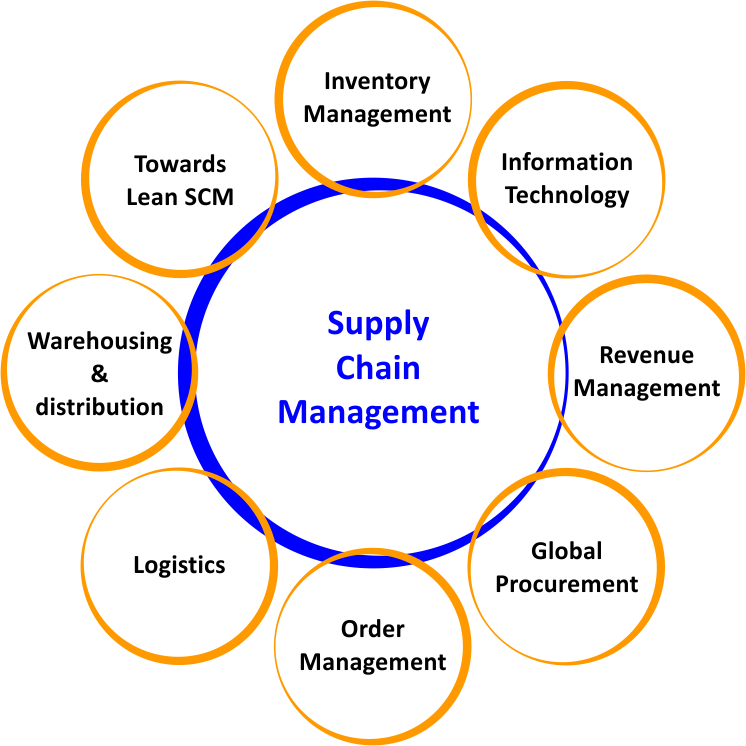 The system proposes a purchase order to replenish the safety stock quantity on the date it is used. An exception warning icon will be displayed on the planning line, explaining that the safety stock was partially or completely consumed as a result of an exceptional order for the missing quantity.
The system proposes a purchase order to replenish the safety stock quantity on the date it is used. An exception warning icon will be displayed on the planning line, explaining that the safety stock was partially or completely consumed as a result of an exceptional order for the missing quantity.
The demand forecast expresses the expected demand in the future. Although the actual demand is entered as sales orders for manufactured goods, this value absorbs the forecast value.
The forecast itself does not decrease due to sales orders. However, the forecast quantities used in the planning calculation are reduced (using sales order quantities) before the remainder is entered in the demand profile. For sales within a period, planning includes both open sales orders and item ledger entries for shipped sales. The exception to this rule is when they come from a general order.
A valid forecast period must be defined.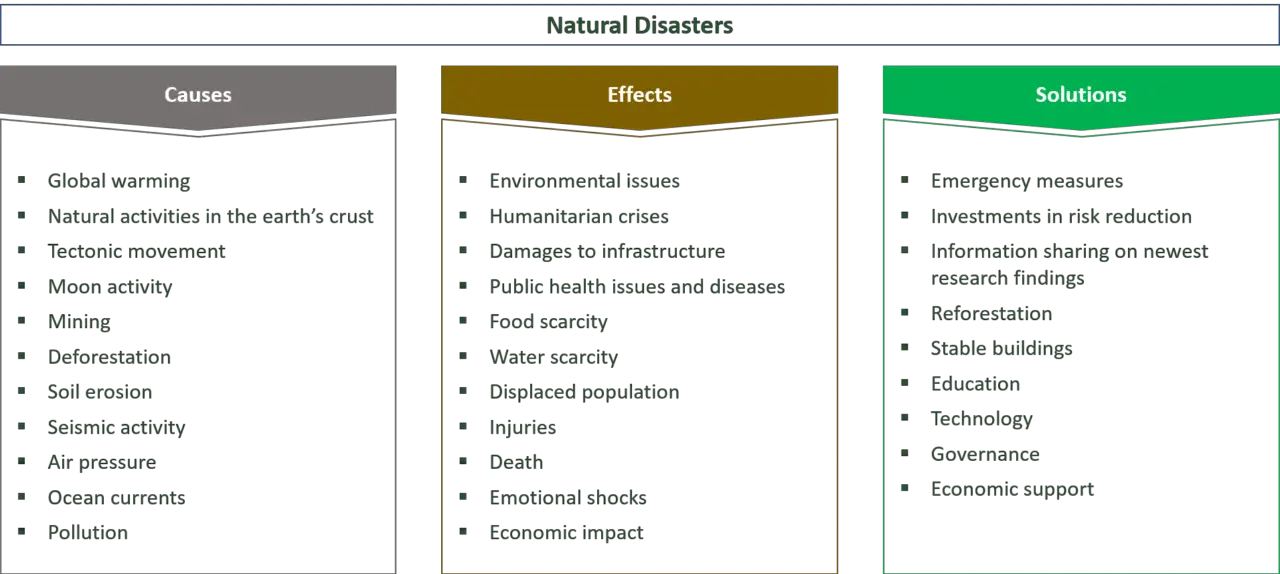 The date on the forecast quantity determines the start of the period, and the date on the next forecast determines the end of the period.
The date on the forecast quantity determines the start of the period, and the date on the next forecast determines the end of the period.
The forecast for periods before the planning period is not used, whether or not it has been consumed. The first percent digit to be forecast is either the date that coincides with the planning start date or the date closest to it.
The forecast can be for different types of demand:
An item can have both forecast types. During planning, consumption occurs separately, first for independent demand and then for dependent demand.
Forecasting is supplemented by general orders to determine future demand for a specific customer. As with the (unspecified) forecast, actual sales must consume the expected demand and the remainder must be entered into the demand stock profile.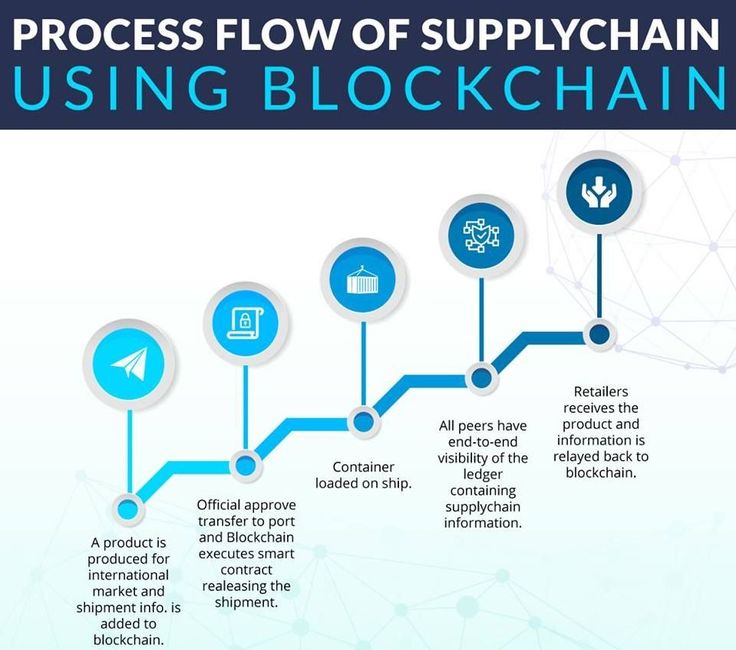 Consumption does not reduce the total order quantity.
Consumption does not reduce the total order quantity.
The planning calculation includes open sales orders associated with specific general order lines, but does not include any allowable time period. Posted orders are also not included because the underdelivered quantity of the total order has already been reduced during the posting procedures.
Within a given storage unit, the requested or available date has the highest priority. Today's demand must be met before next week's demand. But, in addition to this overall priority, the scheduling system will make the following suggestions according to order priorities:
Loaded supplies and demand affect the profile for forecast stocks according to priorities.
Note
Purchase returns are not normally included in supply planning; they must always be reserved from the lot to be returned. If purchase returns are not reserved, they play an on-hand role and have a high priority so that the planning system does not propose a purchase order just to service a purchase return.
If purchase returns are not reserved, they play an on-hand role and have a high priority so that the planning system does not propose a purchase order just to service a purchase return.
In addition to priorities from the type of supply and demand, there are other things that affect the flexibility of planning. For example, warehouse operations and the status of the following orders:
The status of these orders has the following effect:
The planning system balances supply and demand by proposing actions to revise imbalanced purchase orders. This balancing occurs for each variant and warehouse combination.
This balancing occurs for each variant and warehouse combination.
Imagine that each stock profile contains two rows:
Each event refers to a source type and identification. The rules for balancing goods are quite simple. Supply and demand matching can occur at any stage of the process as follows:
Demand and supply do not exist for the item => planning is complete (or should not start).
Demand exists but no supply => supply must be offered.
Supply exists, but there is no demand for it => supply must be cancelled.
Supply and demand exists => questions must be asked and answered before Business Central can meet supply demand.
If the delivery time is not suitable, the delivery can possibly be rescheduled as follows:

If the timing is done, you can calculate the delivery quantity as follows:
At this stage, one of two situations occurs:
 In this case, the planning system can close the current delivery and move on to the next delivery.
In this case, the planning system can close the current delivery and move on to the next delivery. The procedure starts again with the next demand and the current supply, and vice versa. The current supply may be able to cover the next demand, or the current demand is not fully covered.
For top-down settlements where supply must match demand, demand is taken as given. This is outside the control of the planning system. However, the planning system can manage the delivery side and will make the following suggestions:
To exclude an existing purchase order from planning proposals, you can set no planning flexibility ("Planning flexibility" = "No"). The excess supply on that order will then be used to cover the demand, but no action will be suggested.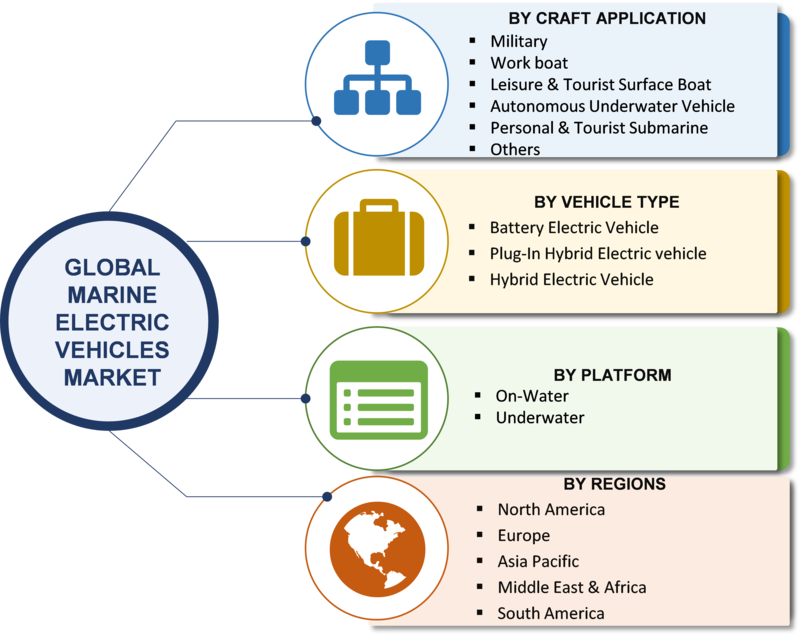
In general, the entire supply has scheduling flexibility, which is limited by the conditions of each of the proposed actions.
Reschedule to a later date . The date of an existing purchase order can be scheduled to a later date to meet the demand due date, except in the following situations:
Reschedule to an earlier date : The date of an existing purchase order can be scheduled to an earlier date, except in the following situations:

Note
When you plan an item using a reorder point, you can always reschedule the purchase order. This often happens for preplanned purchase orders initiated by a reorder point.
Note
You can also increase the purchase order, the increase can be limited to a certain maximum order quantity.
Note
Although the quantity can be reduced, there may still be some surplus compared to demand due to a certain minimum order quantity or order multiplier.
You define the planning parameters that control the proposed quantity for each purchase order.
If the planning system is calculating the quantity of a new purchase order or changing the quantity of an existing order, the suggested quantity may differ from the actual demand.
If maximum stock or fixed order quantities are selected, the suggested quantity can be increased to match the fixed quantity or maximum stock. If the reorder policy uses a reorder point, the quantity may be increased to at least match the reorder point.
The suggested quantity can be changed in this order.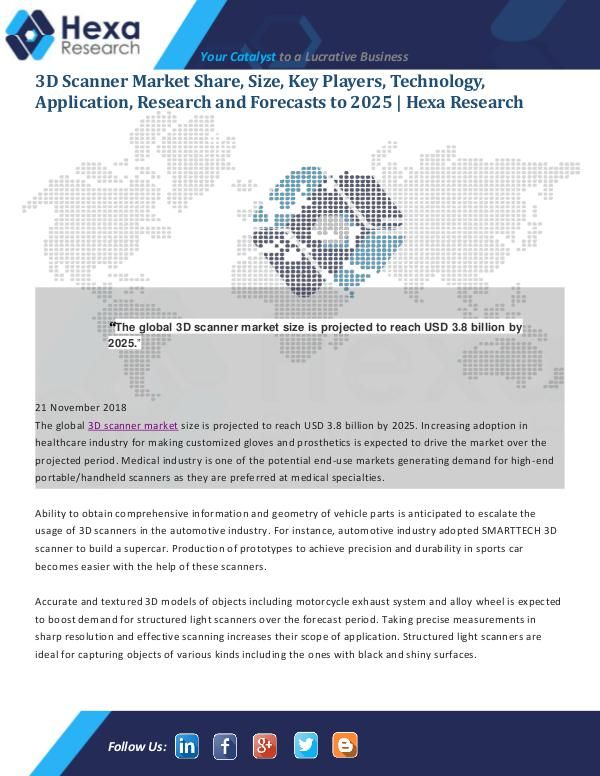
With regard to order tracking during planning, the planning system changes the order of order tracking links for combinations of articles, variants, and warehouses. The system rearranges trace links for the following reasons:
Order tracking links become unbalanced over time. Links become unbalanced because the entire order tracking network is not rebuilt until the demand or supply events are closed.
Before balancing the supply according to demand, the planning system deletes all order tracking links. During the balancing process, when the supply and demand event closes, new order tracking links are created between supply and demand.
Note
Even if the item is not configured for dynamic order tracking, the planning system will create balanced order tracking links.
Supply balancing has three possible outcomes:
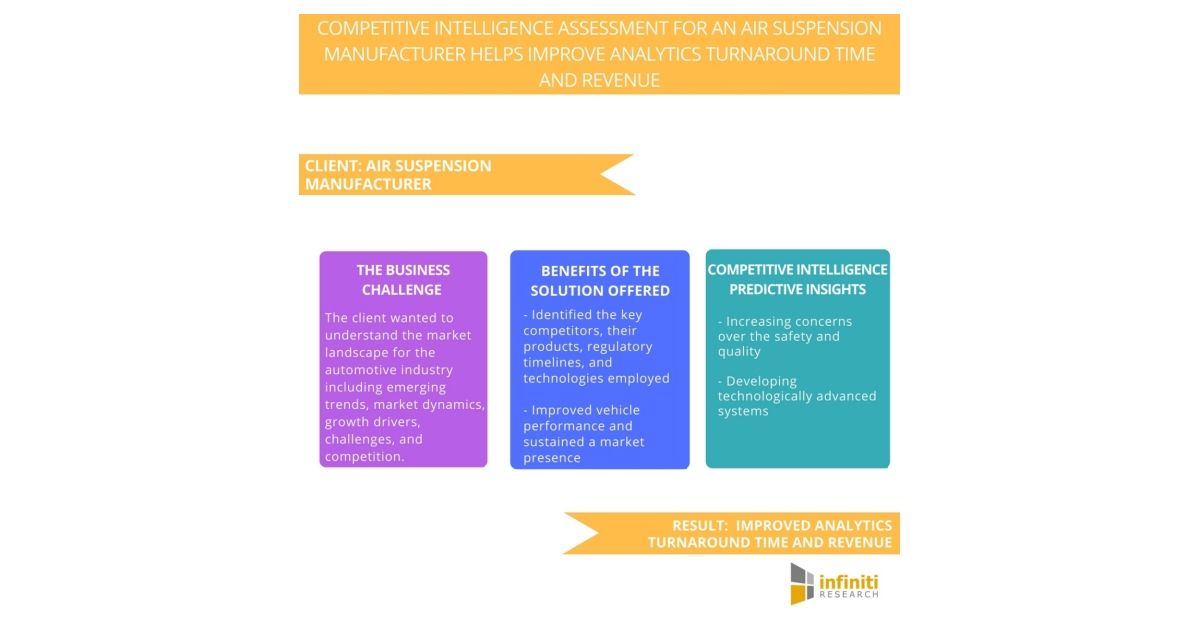
Finally, the planning system will create an order tracking link between supply and demand.
If action Create , Change qty , Reschedule and change qty , Reschedule and change qty or Cancel is proposed, the system creates for order change planning planning line in the planning journal. To track orders, a planning line is created not only when a supply event is closed, but also when a demand event is closed. This is true even though the supply event is still open and can be changed when the next demand event is processed. The first time you create a planning line, you can change it again.
To reduce the database load when processing production orders, the planning line can be maintained at three levels:
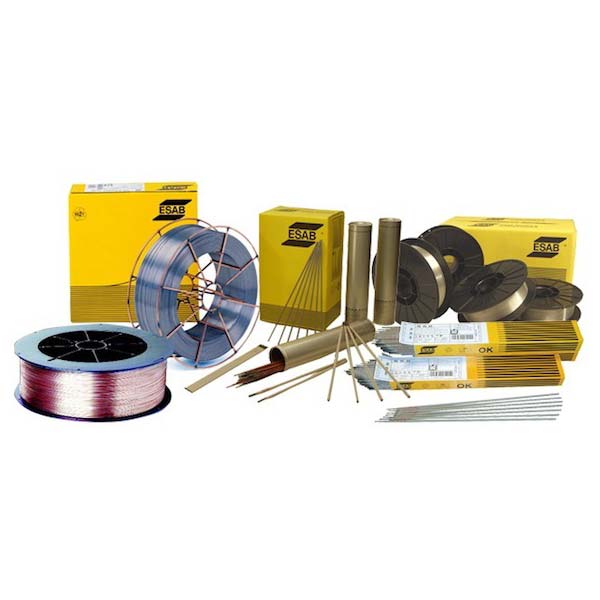
Design Details: Planning System Concepts
Design Details: Reorder Policy Processing
Design Details: Supply Planning
Free e-learning modules for Business Central can be found here
The TV component industry was one of the first to be hit by the impact of Covid-19, and WitsView research shows that as a result, global TV shipments are expected to decline by 5.8% year-on-year to 205.21 million units per year. the end of 2020, according to RapidTVNews.
TrendForce-owned analytics firm reports that in a shrinking TV market, brands are battling to grow their business by demonstrating their technical superiority, which can be achieved either by improving performance or by differentiating their products. It is noted that, in particular, thanks to the advertising campaign of the manufacturer Samsung Visual Display, QLED TV sales are forecast to grow by 41.8% year-on-year, reaching 8.27 million units this year.
It is noted that, in particular, thanks to the advertising campaign of the manufacturer Samsung Visual Display, QLED TV sales are forecast to grow by 41.8% year-on-year, reaching 8.27 million units this year.
According to research, in many regions, amid stay-at-home orders due to the pandemic, there has been a surge in demand for 43-inch and smaller TVs that are suitable for working from home. In addition, it was found that the more time users spend at home, the more time they spend watching TV. Demand for a better viewing experience unexpectedly led, according to WitsView, to a wave of demand for 65-inch TV replacements in late April 2020.
WitsView noted that due to its technical and cost advantages, in 2019, Samsung Visual Display was able to not only capture more than 90% of the QLED TV market, but also increase the total sales of QLED TV to 5.83 million units, up 230% compared to the same period a year earlier.
Despite a projected decline in global TV shipments this year, the analysis showed that the QLED product market has been on the rise in recent months thanks to the economy of living at home, as well as the promotion of sales of older models of Samsung Visual Display in Q120, which led to lower retail prices by more than 20% for 65-inch QLED TVs in the North American market, creating a wave of replacement demand for new TVs.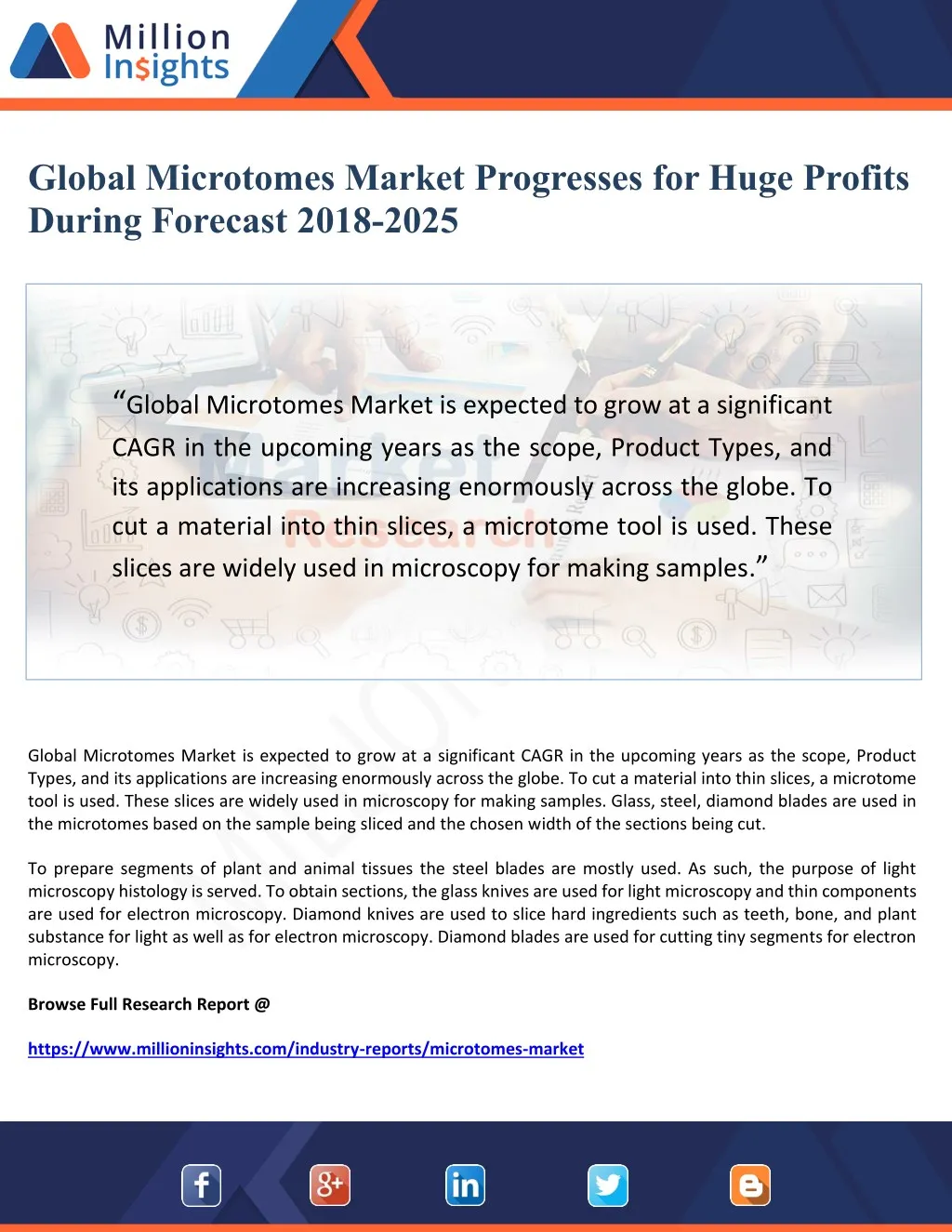 WitsView also stressed that Huawei is making a major push with QLED product development in 2020 as an entry point into the high-end TV market. The company is expected to compete with Vizio for second place in terms of QLED TV shipments this year.
WitsView also stressed that Huawei is making a major push with QLED product development in 2020 as an entry point into the high-end TV market. The company is expected to compete with Vizio for second place in terms of QLED TV shipments this year.
While cautiously optimistic about QLED, analysts warn that the OLED TV market is facing two factors that are hindering its development: tight panel supplies and high retail prices. It is reported that OLED panel maker LG Display previously planned for its Gen 8.5 OLED fab in Guangzhou, China to start mass production in Q120, but the schedule could not be met due to technical limitations. In addition, the onset of Covid-19 in China in mid-January 2020 forced Korean employees who performed technical functions at the Guangzhou plant to return to South Korea. Until April 2020, they did not resume their work at the plant, in turn delaying the mass production of LGD OLED panels.
Market leader LG Electronics and Sony have revised their OLED TV shipment targets this year, and the researchers suggest that OLED TV shipments will increase by only 7.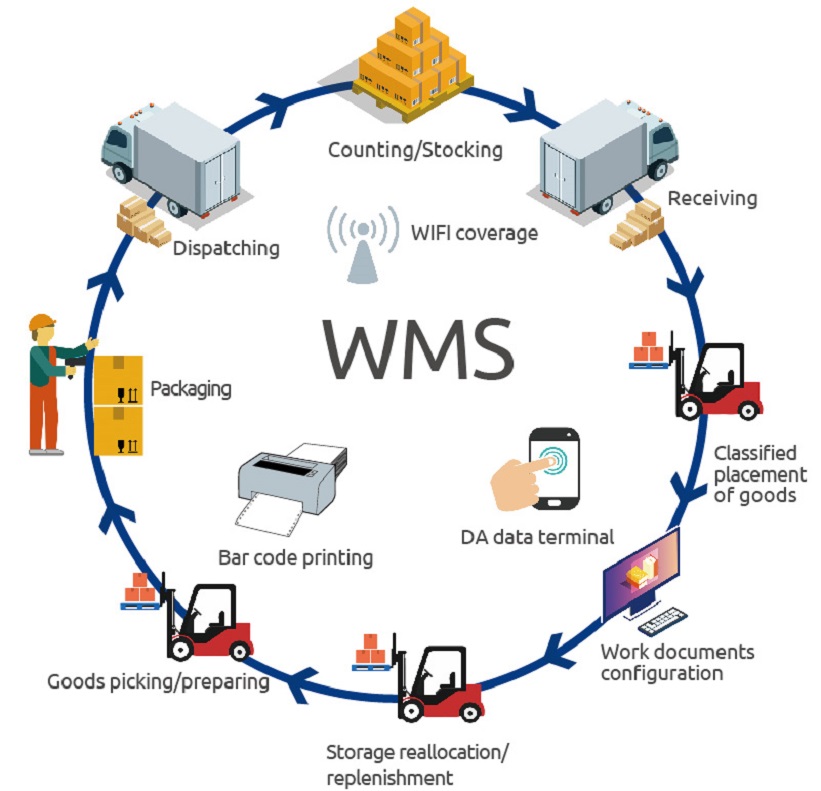 8% year-on-year in 2020, a total of 3.375 million units, down 26.1% from the original quantity forecast at the beginning of 2020. In addition to the pandemic-driven slowdown in OLED demand, WitsView is of the view that more flexible pricing for QLED products will also pose a significant threat to OLED TV sales this year, as the latter have historically maintained a high retail price.
8% year-on-year in 2020, a total of 3.375 million units, down 26.1% from the original quantity forecast at the beginning of 2020. In addition to the pandemic-driven slowdown in OLED demand, WitsView is of the view that more flexible pricing for QLED products will also pose a significant threat to OLED TV sales this year, as the latter have historically maintained a high retail price.
Meanwhile, Sony has started selling 8K HDR Full Array TVs, according to RapidTVNews, citing information from the company. This is the ZH8 8K HDR Full Array LED TV line, which, according to Sony, features exceptional picture and sound quality.
Billed as "a compelling proposition" for moviegoers and gamers, the ZH8 uses the X1 Ultimate image processor to offer enhanced picture quality for a lifelike viewing experience, according to the company. Images shot in 4K and 2K are upscaled to near 8K with the 8K X-Reality PRO, using what the developers say is a unique 8K database. The resolution of each object is then optimized to reproduce "virtually real" world textures.